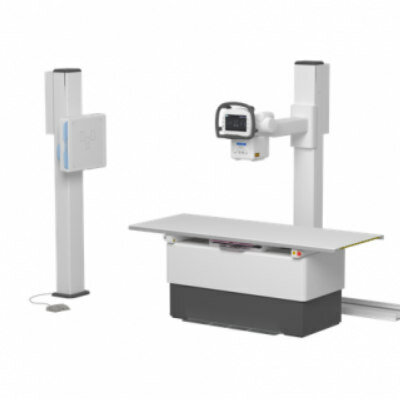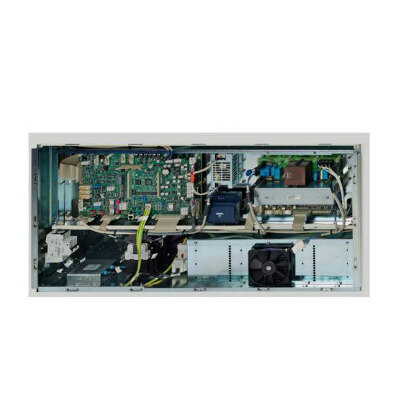PET Radiopharmaceutical Receives European Endorsement for Imaging of β-Amyloid Density
By MedImaging International staff writers
Posted on 30 Oct 2012
A European health agency has recommended marketing authorization for Amyvid (florbetapir 18F) as a diagnostic imaging agent in patients who are being evaluated for Alzheimer’s disease (AD) and other causes of cognitive decline.Posted on 30 Oct 2012
The European Medicines Agency’s Committee for Medicinal Products for Human Use (CHMP) is the group responsible for providing the recommendation. Amyvid is a radiopharmaceutical agent utilized in positron emission tomography (PET) imaging in the brains of adults. It can highlight amyloid protein plaques in the brain, and aid in diagnosing AD.
AD is the most typical cause of dementia in the elderly, affecting up to 5.1 million people in the European Union (EU). Accurate diagnosis of AD has been hindered up to now by the scarcity of diagnostic tests. Postmortem autopsy is the current gold standard for validating a clinical diagnosis of AD.
PET imaging using Amyvid can provide valuable data on neuritic plaque density in the brains of patients who are being tested for cognitive decline. Following intravenous injection, the radioactive agent Amyvid binds to β-amyloid in the brain. β-amyloid protein is present in the brains of individuals with AD and other cognitive disorders.
Notably, a negative Amyvid PET scan can rule out the presence of AD, and is expected to decrease the frequency of false-positive diagnosis. However, a positive Amyvid scan is consistent with, but does not independently establish, the diagnosis of AD since β-amyloid neuritic plaque deposition may also be present in the brain of asymptomatic older individuals and some neurodegenerative dementias, including Lewy body dementia and Parkinson’s disease dementia. Typical adverse reactions include changes in taste and headache.
Because of the public health drain of AD, there is great interest in the qualification of biomarkers allowing the study of AD earlier in the disease process, and examining whether the use of possible disease-altering compound can alter the long-term progression of the illness and prevent the neurodegenerative cascade linked with the disorder.
Related Links:
European Medicines Agency














